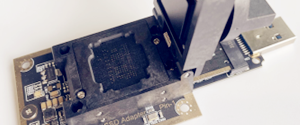Thermal Recalibration
All modern drives use voice coil actuators instead of the older stepper motors, which makes them far less sensitive to thermal effects than older hard disks were. The built in servo mechanism automatically adjusts for shifts in the position of the media due to temperature variations. However, even the newest drives have issues related to thermal stability. Since engineers continue to decrease the width of each track of data, and increase the number of tracks per inch on the surface of the disk, even the highest-quality electronic servo motors can have, well, “issues” when the various pieces of metal in the hard disk start expanding and contracting at different rates. This is especially the case with drives using dedicated servo, because the servo information and data are on different physical surfaces. Since the surfaces can easily be at different temperatures and can therefore expand or contract at different rates, there is the potential that the servo data and user data might become misaligned.
To combat this problem, most drives manufactured in the mid-1990s include a feature called thermal recalibration. Every few minutes, the heads are moved and the distance between tracks measured. This information is recorded in the drive’s memory and used to aid in positioning the heads when reading or writing needs to be done. When the recalibration occurs you can hear the disk operate as if you were reading or writing to it, even if you are not.
Thermal recalibration produces one unfortunate side-effect: if you attempt to access the disk while a recalibration cycle is taking effect, there is a slight pause until it completes. This does not cause any read or write requests to be lost, but it can cause a problem if you are performing a read or write task that is operating in “real time” and might be sensitive to the delay. Common examples include real-time video playback, audio file editing, or burning a recordable CD-ROM disk. For users working with these applications, thermal recalibration represents an unacceptable problem, so the hard disk manufacturers created special drives that work around the recalibration “feature”. Typically by using special buffering techniques or by intelligently “scheduling” recalibration activity to avoid platters being accessed by the user, these drives essentially “hide” recalibration from the PC operator. They were frequently marketed as being “audio/visual” or “A/V” drives during the 1990s.
Today, recalibration has become largely a moot point. The need for constant recalibration was greatly diminished with the creation of embedded servo technology, which is now the standard for hard disk drives
. Recalibration had become a real “black eye” of sorts to hard drive manufacturers over the years, so they were happy to announce to the world that they had “eliminated” thermal recalibration in their newest units. This is sort of true and not true; it would be more accurate to say that it has been greatly reduced. Some degree of recalibration is still required even with the newest drives, but it does not cause the potential impact on performance that users of the old style drives had to deal with.
Data recovery Salon welcomes your comments and share with us your ideas, suggestions and experience. Data recovery salon is dedicated in sharing the most useful data recovery information with our users and only if you are good at data recovery or related knowledge, please kindly drop us an email and we will publish your article here. We need to make data recovery Salon to be the most professional and free data recovery E-book online.
World’s Top Data Recovery Hardware Tools
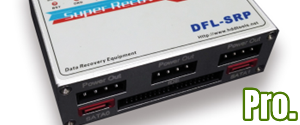
Easy to use at good price
Recover SATA, IDE, External HDDs, NVME SSDs, etc Order Now here
POTABLE DEVICE & NVME SSD RECOVERY TOOL
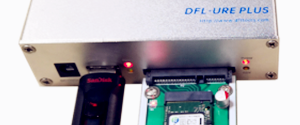
Recover USB Device and NVME SSDs at high speed! Read Details here.
DFL-PCIE DATA RECOVERY RECHARGE
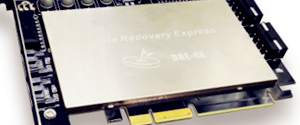
Best data recovery hardware tool to start a data recovery business, read details here
RECOVER SCRATCHED HDDS

Recover lost data from scratched hard drives, read details here.
SURFACE PRO. RECOVERY
BEST HEAD REPLACEMENT TOOLS
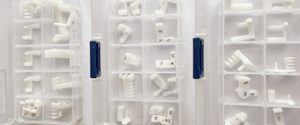
The most cost-effective head replacement tools for Seagate, WD, Samsung, Hitachi, Toshiba, Fujitsu

